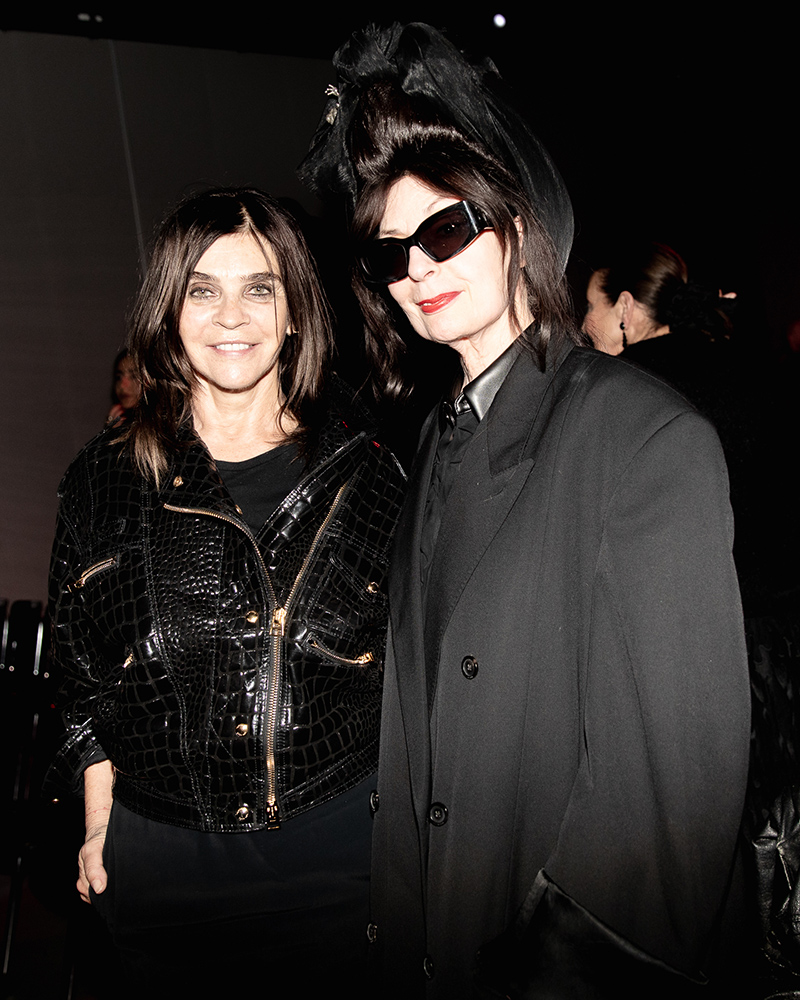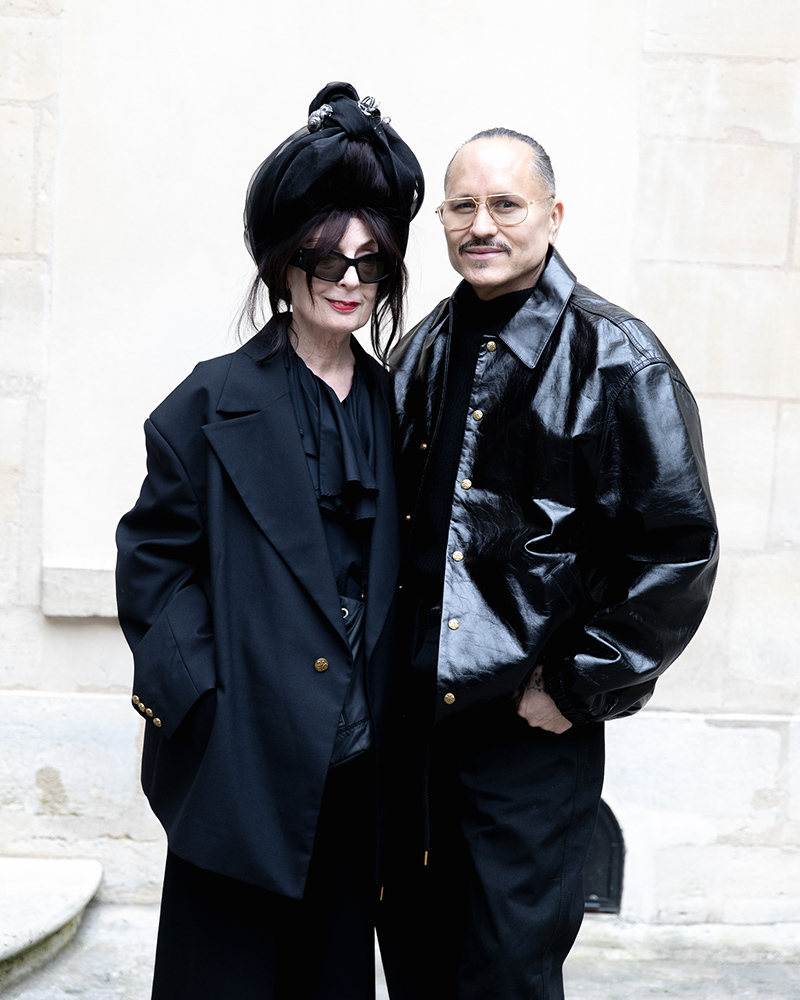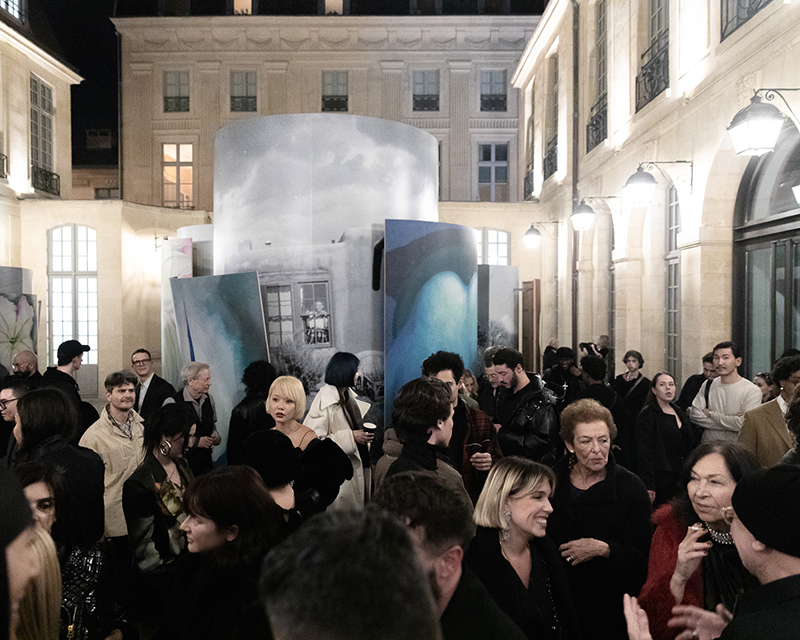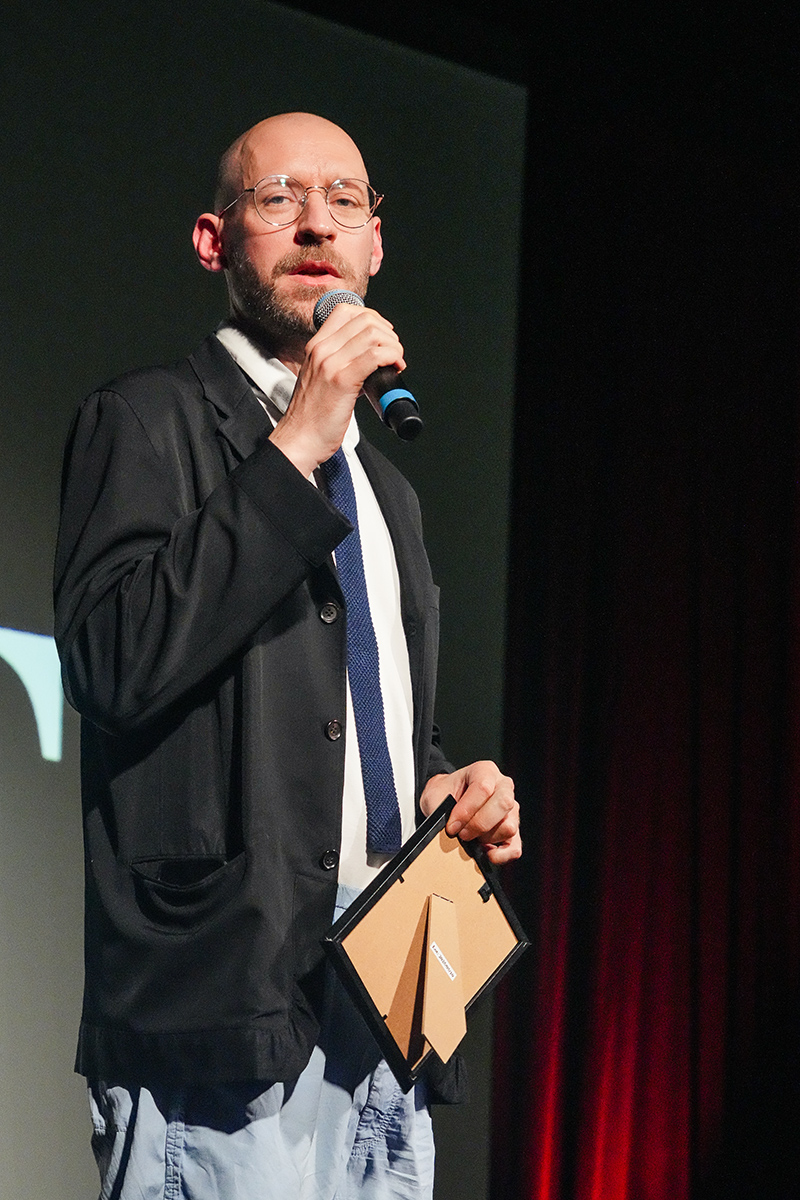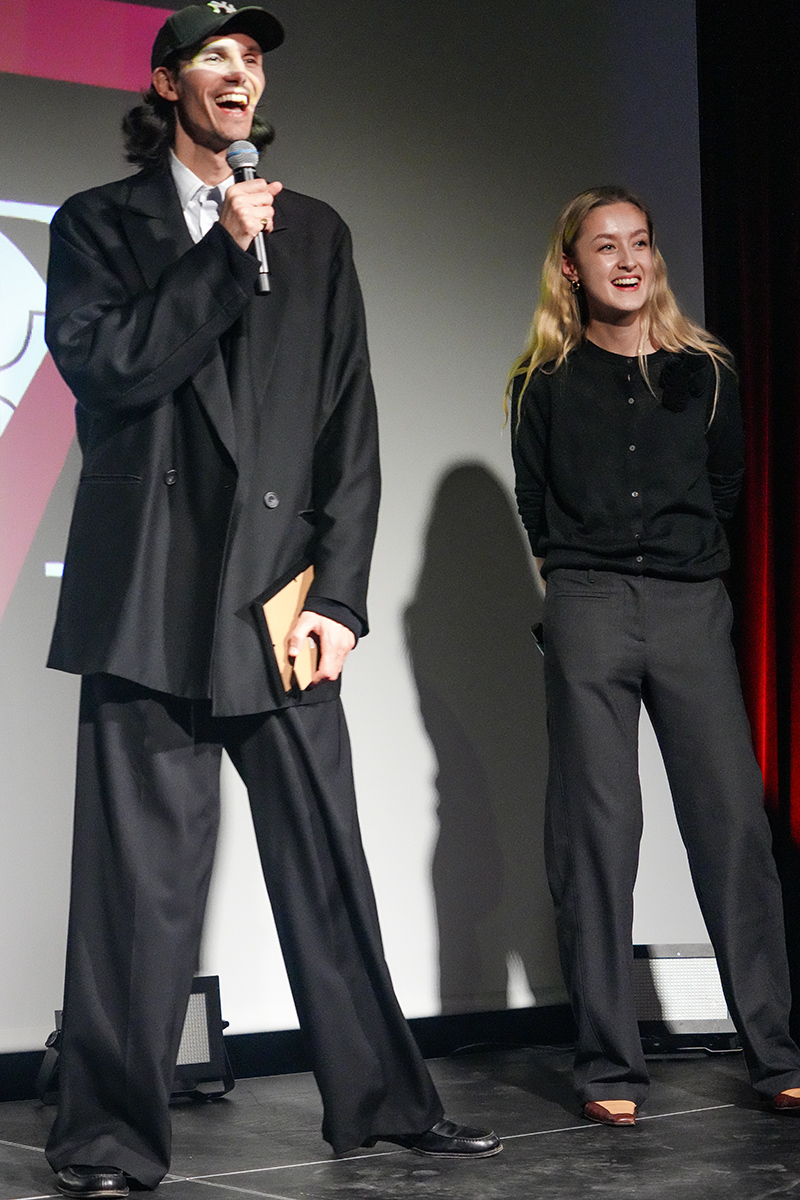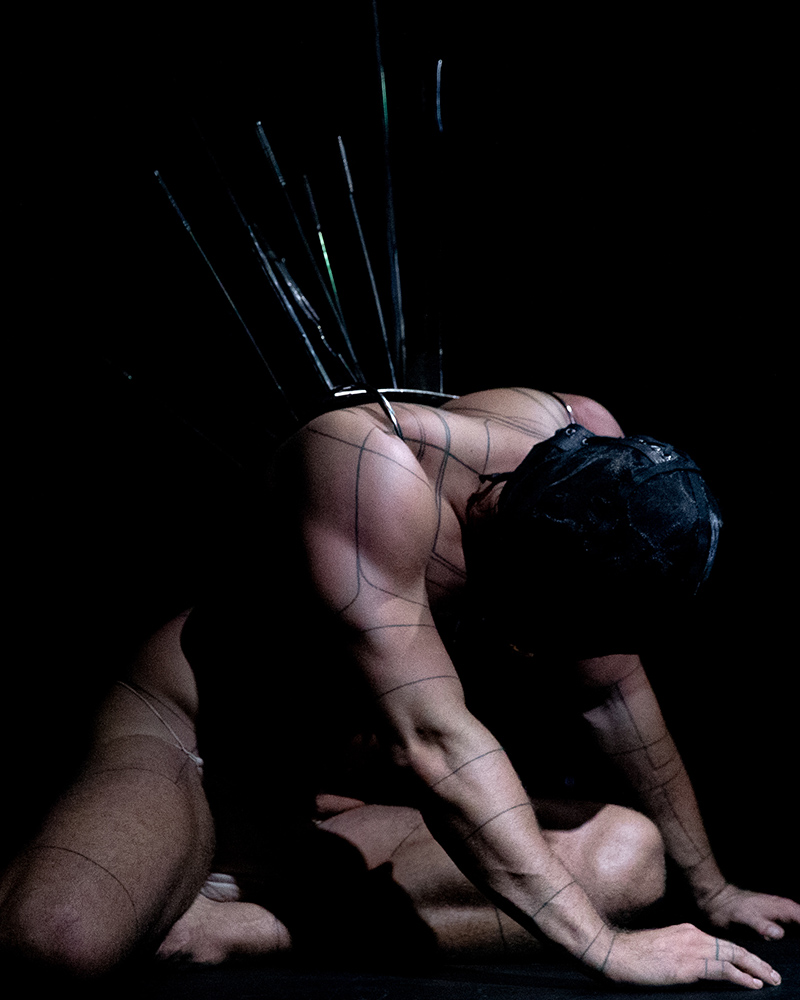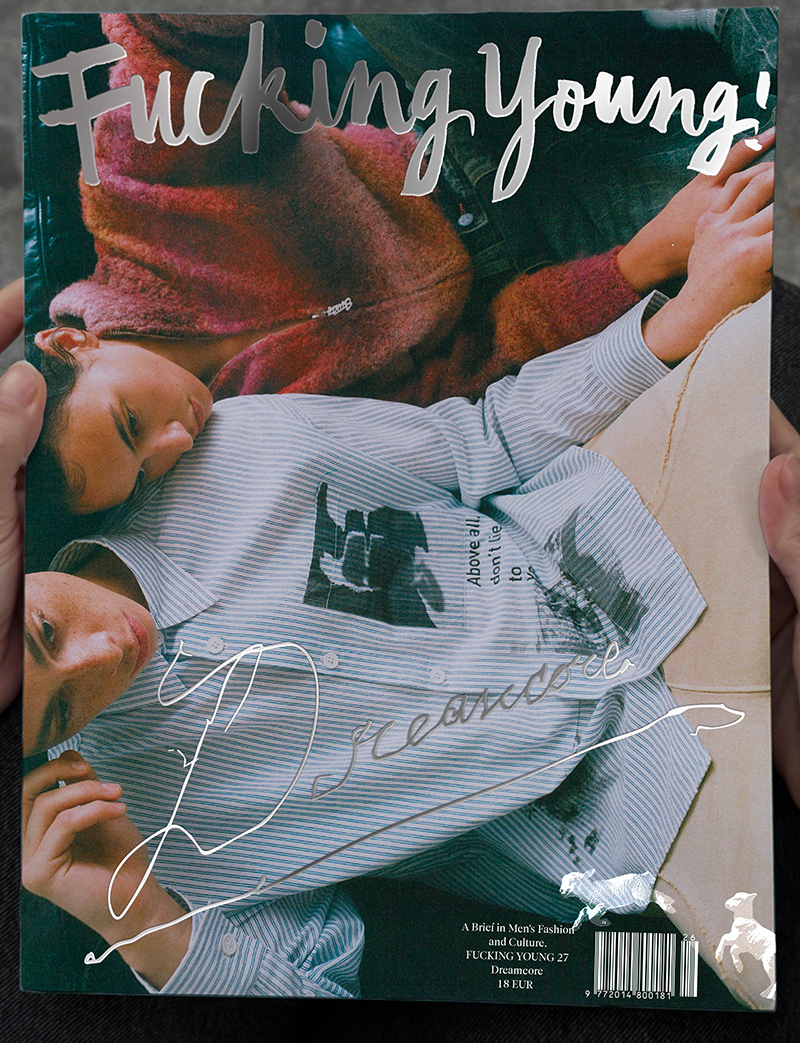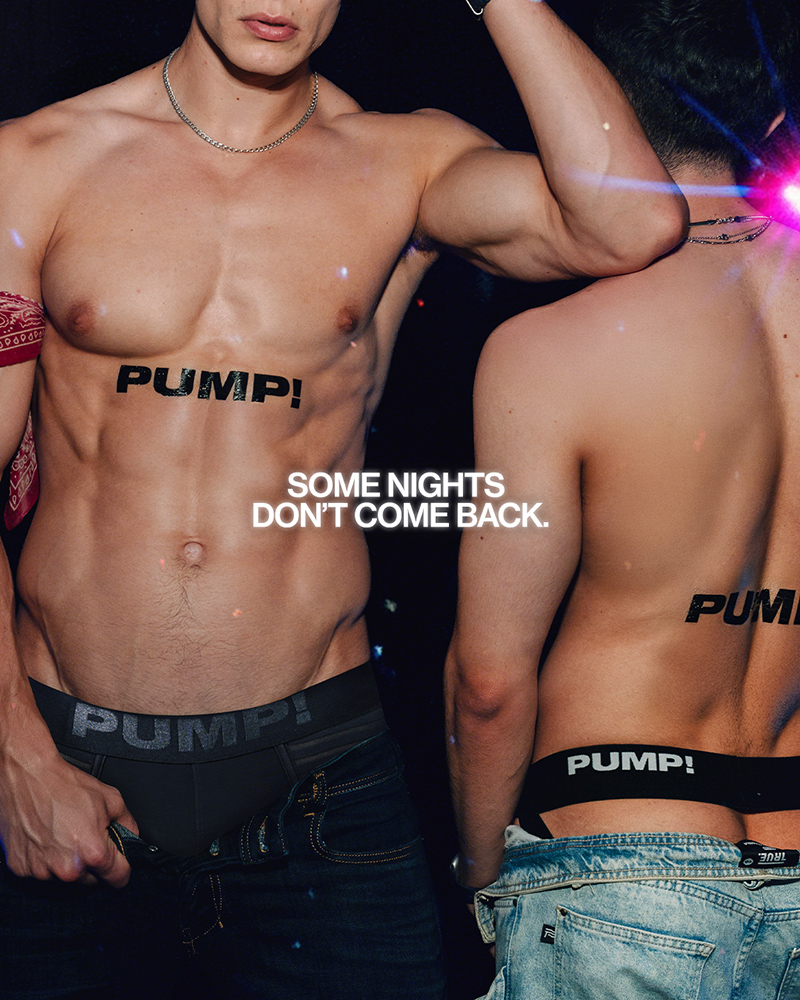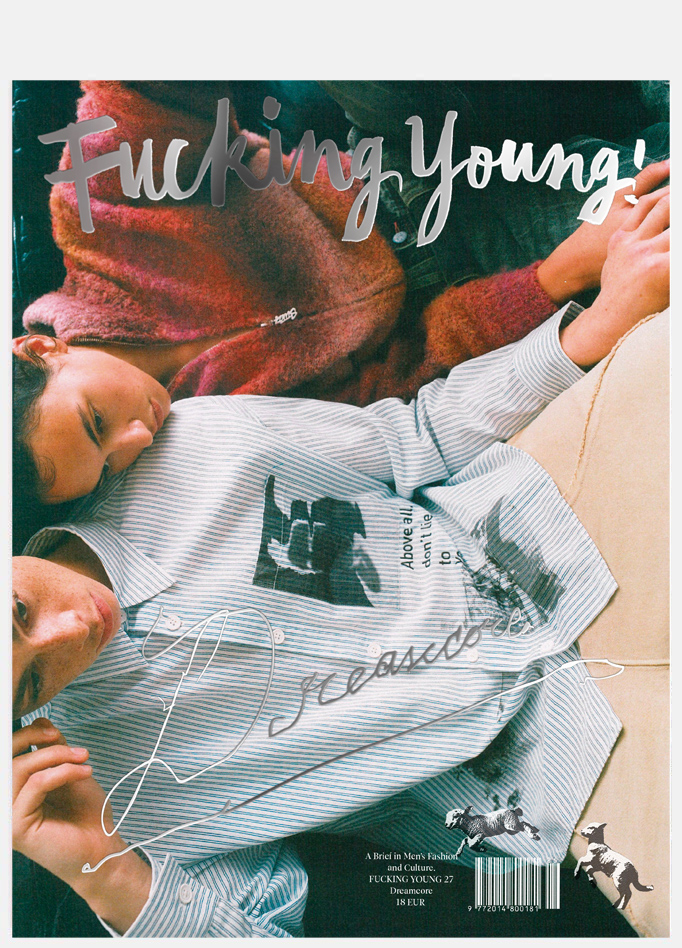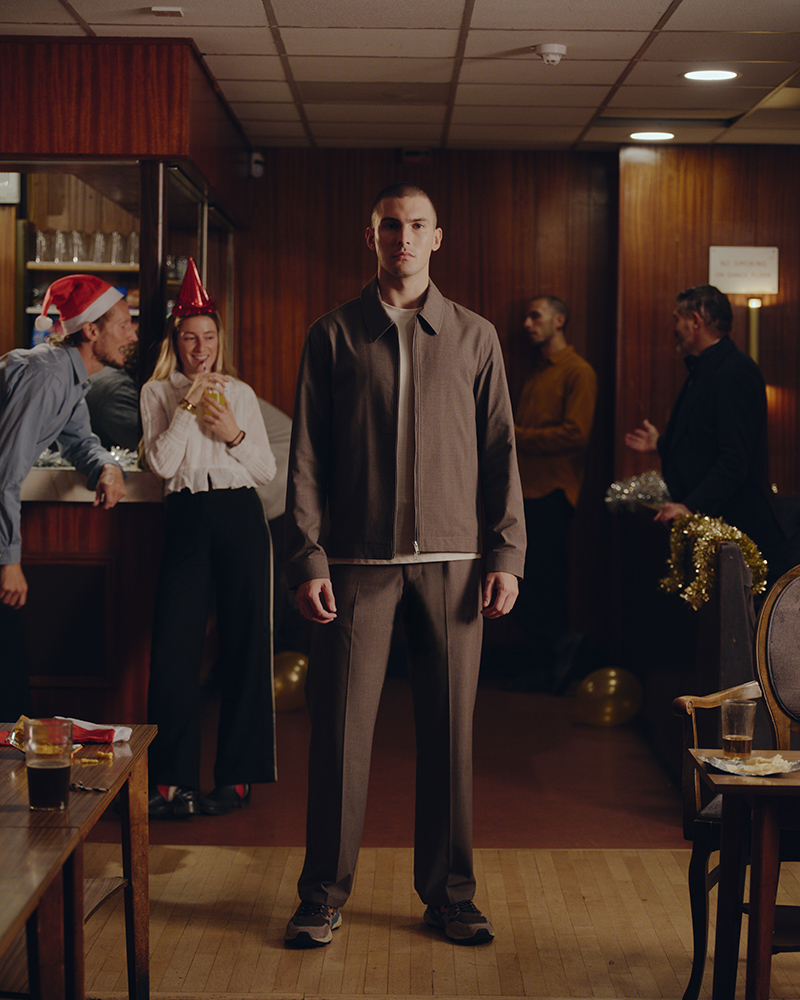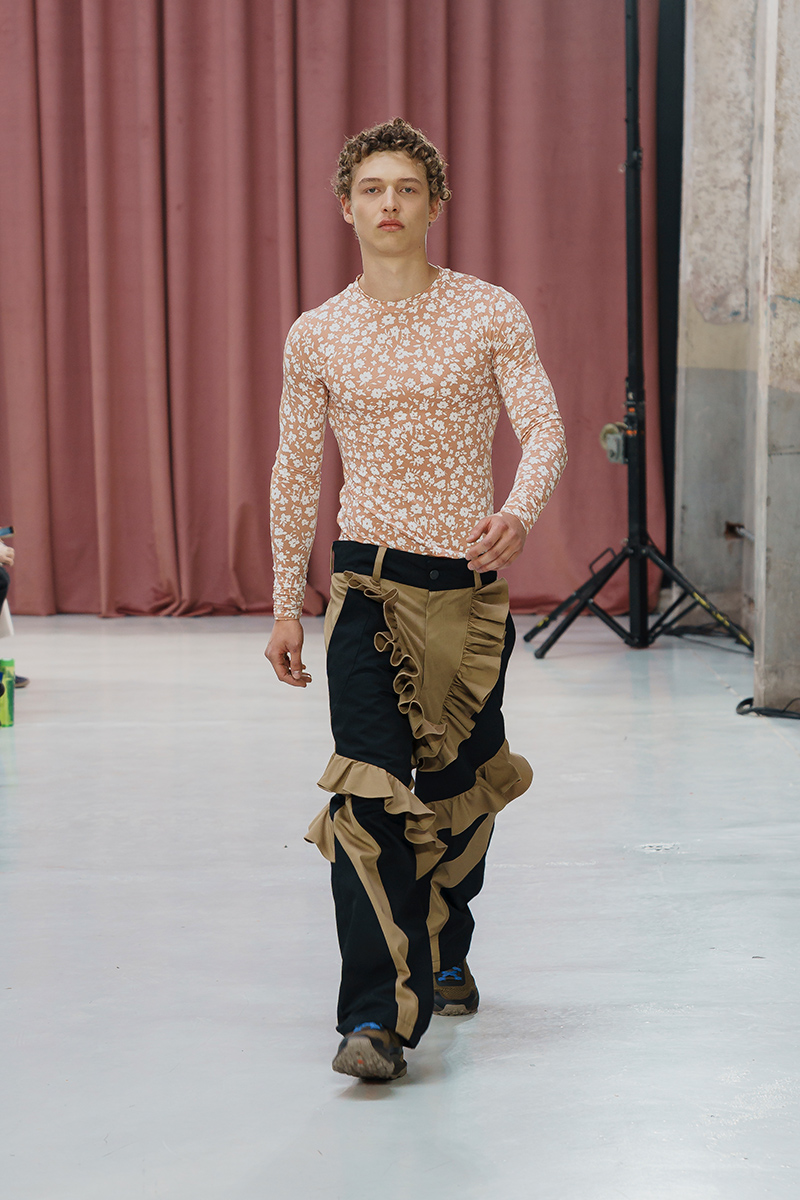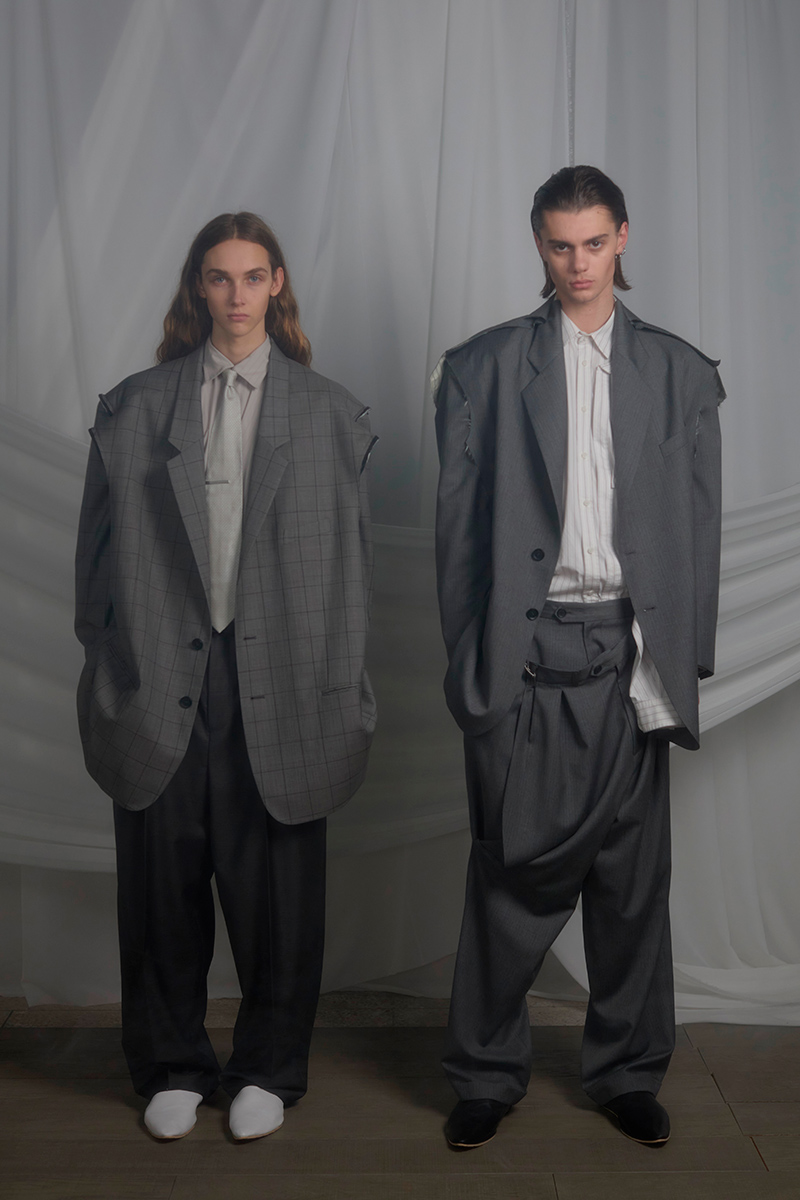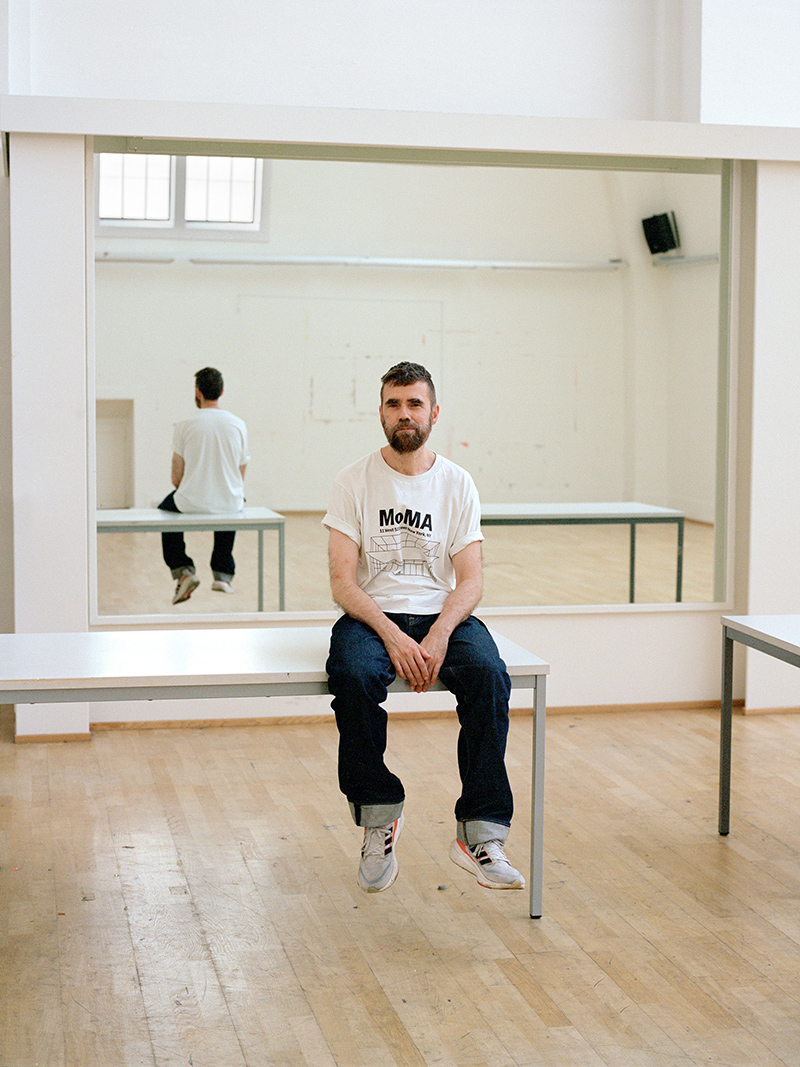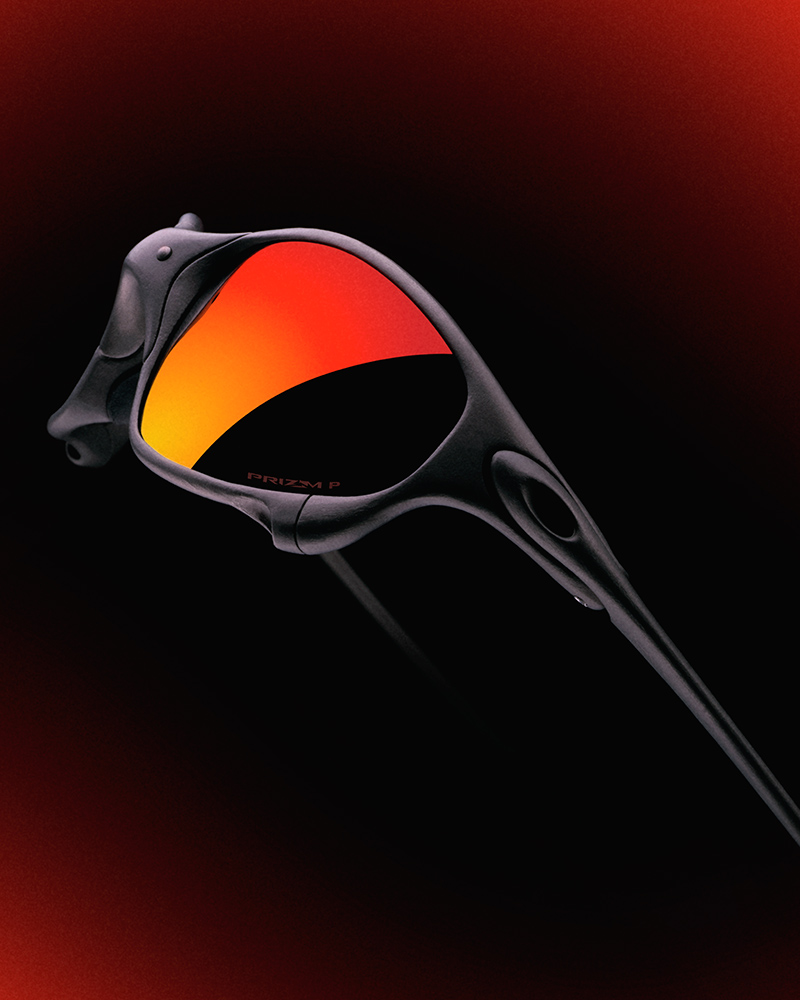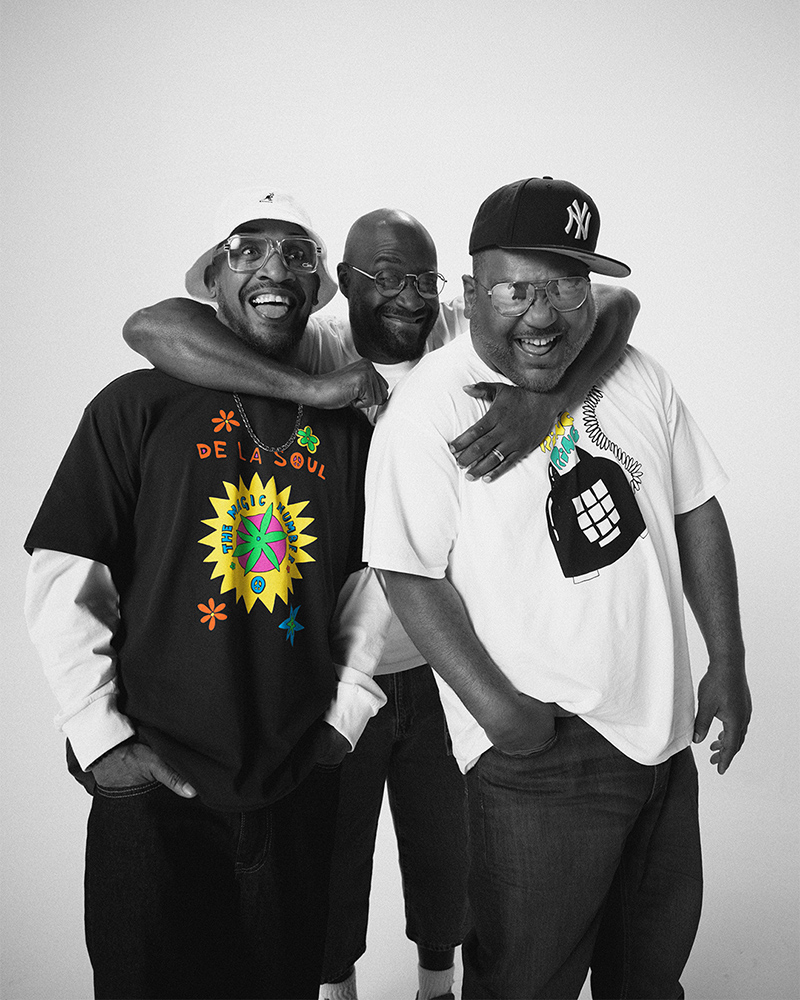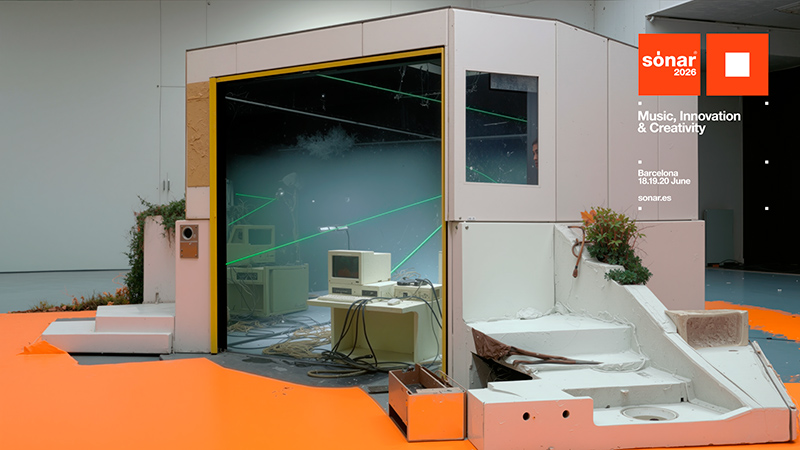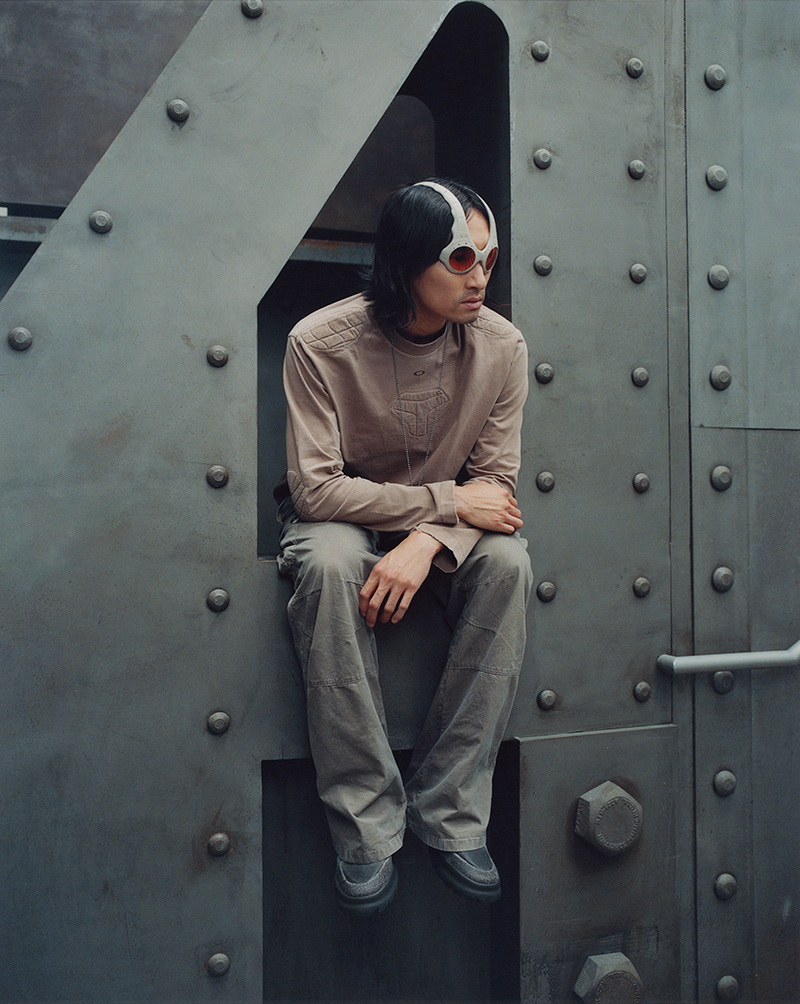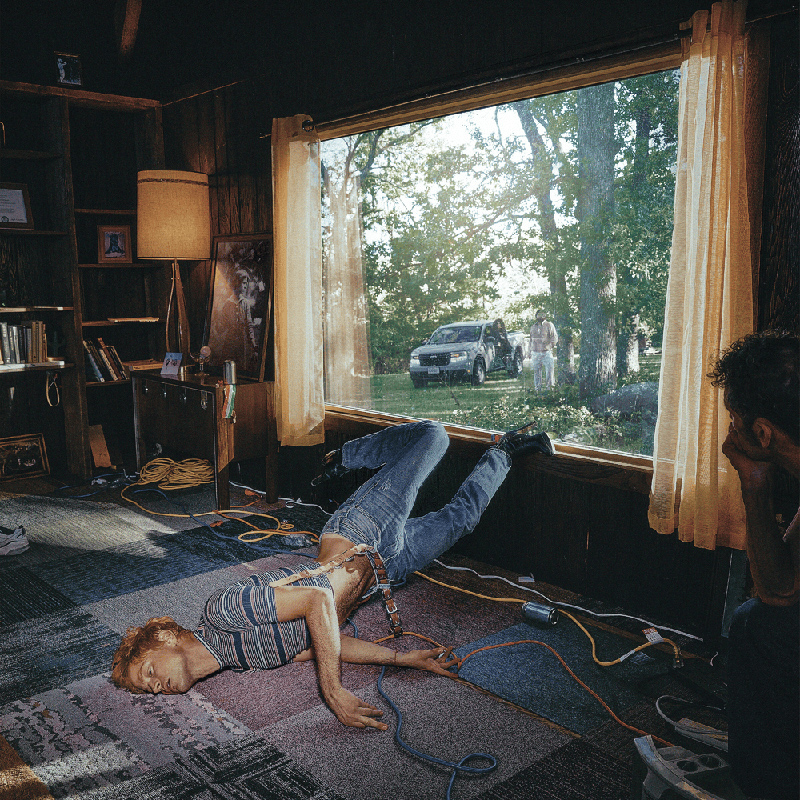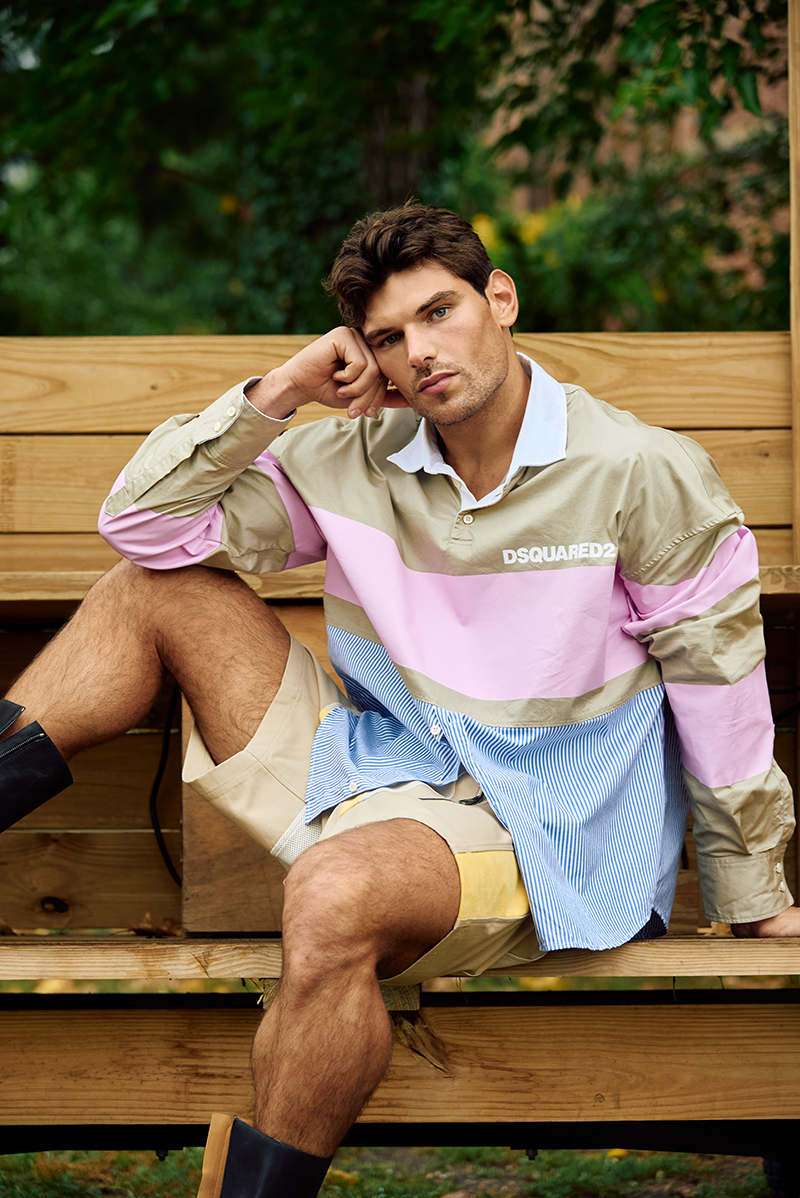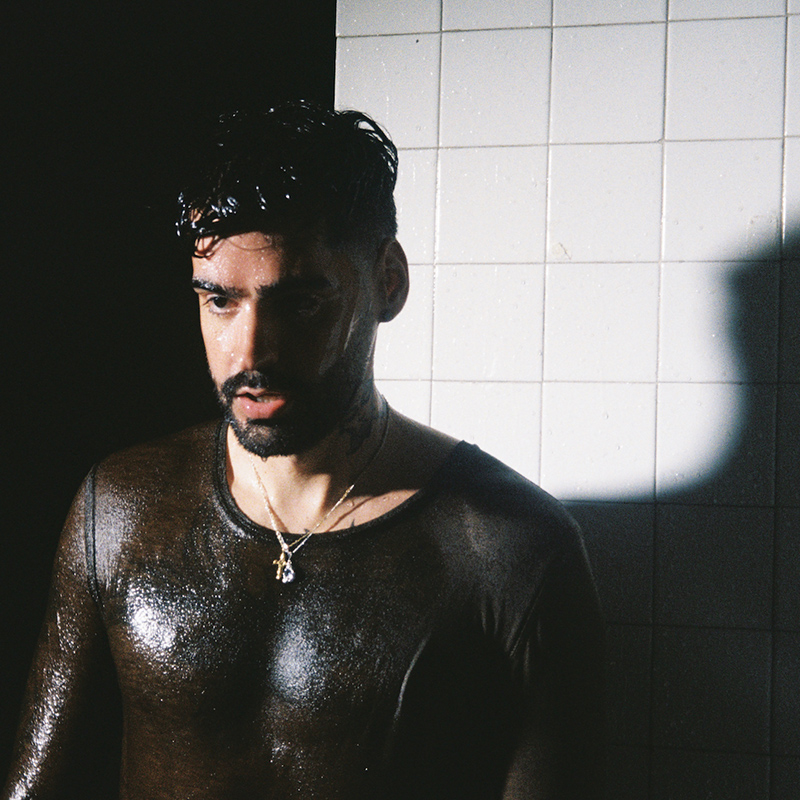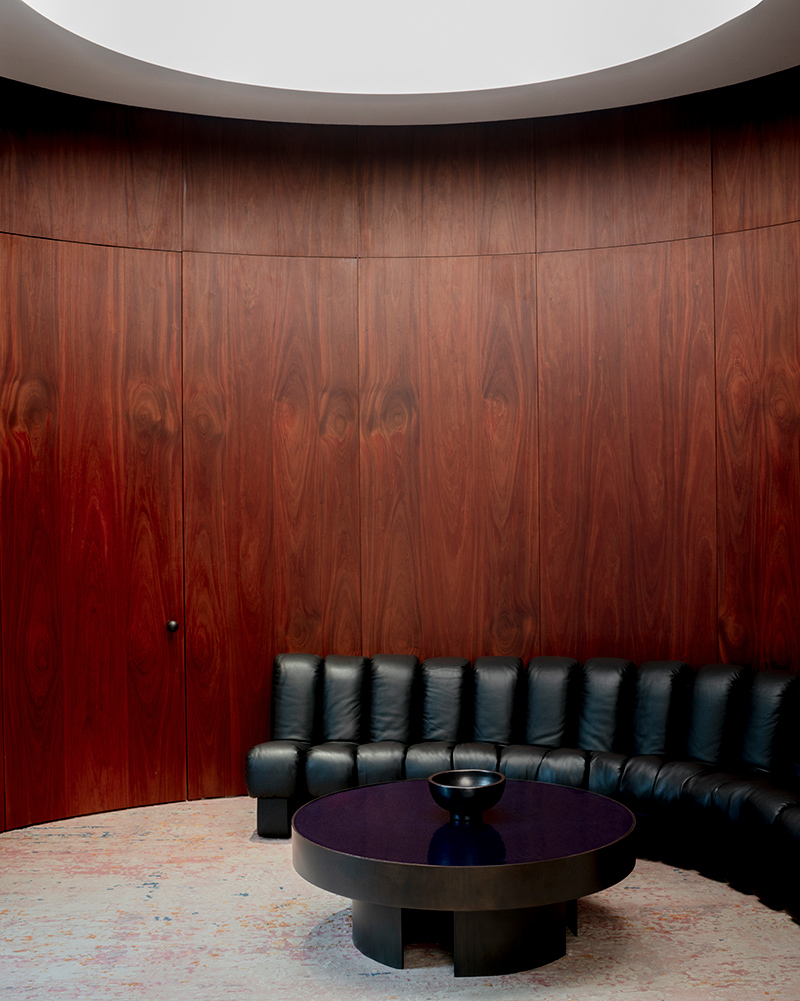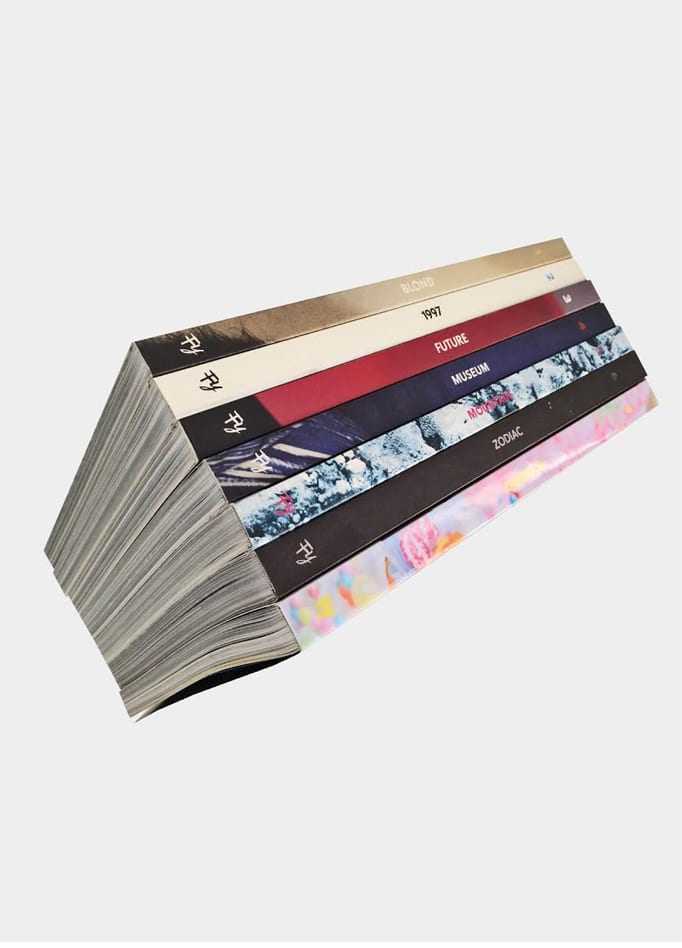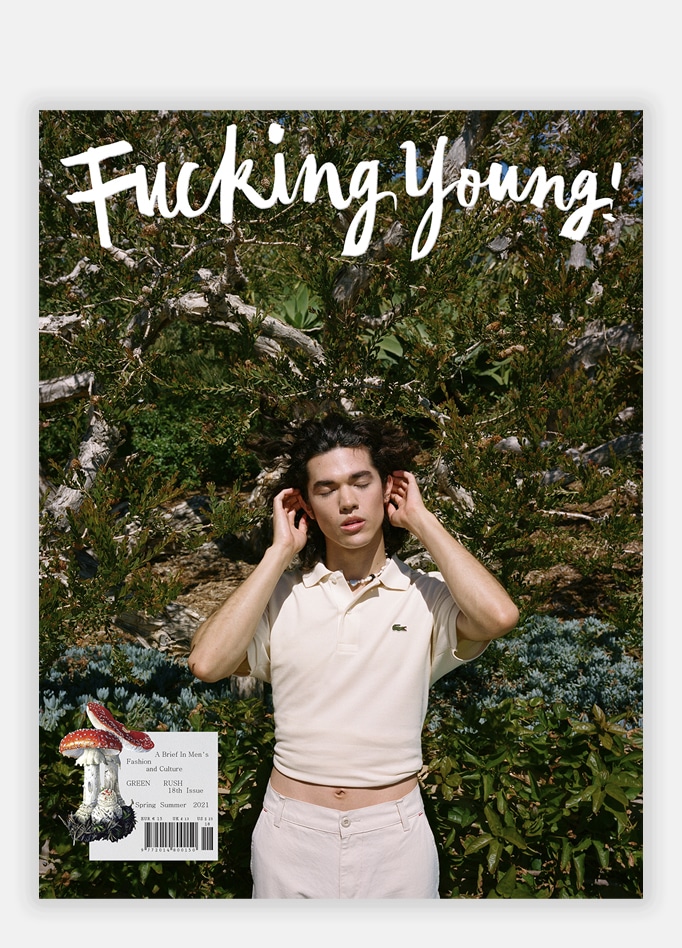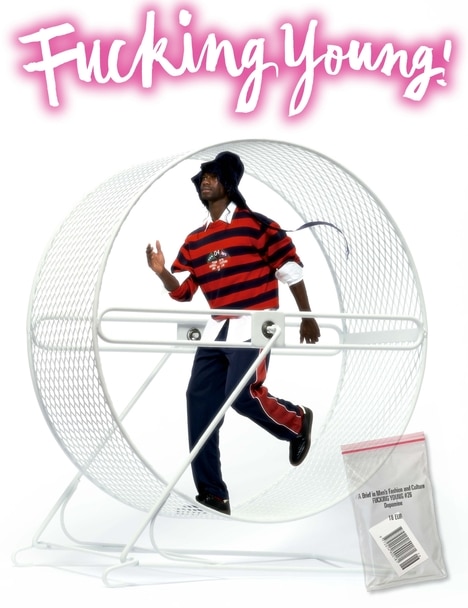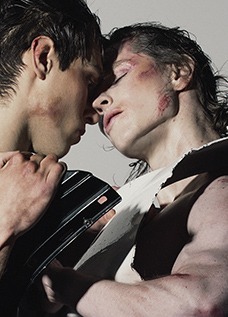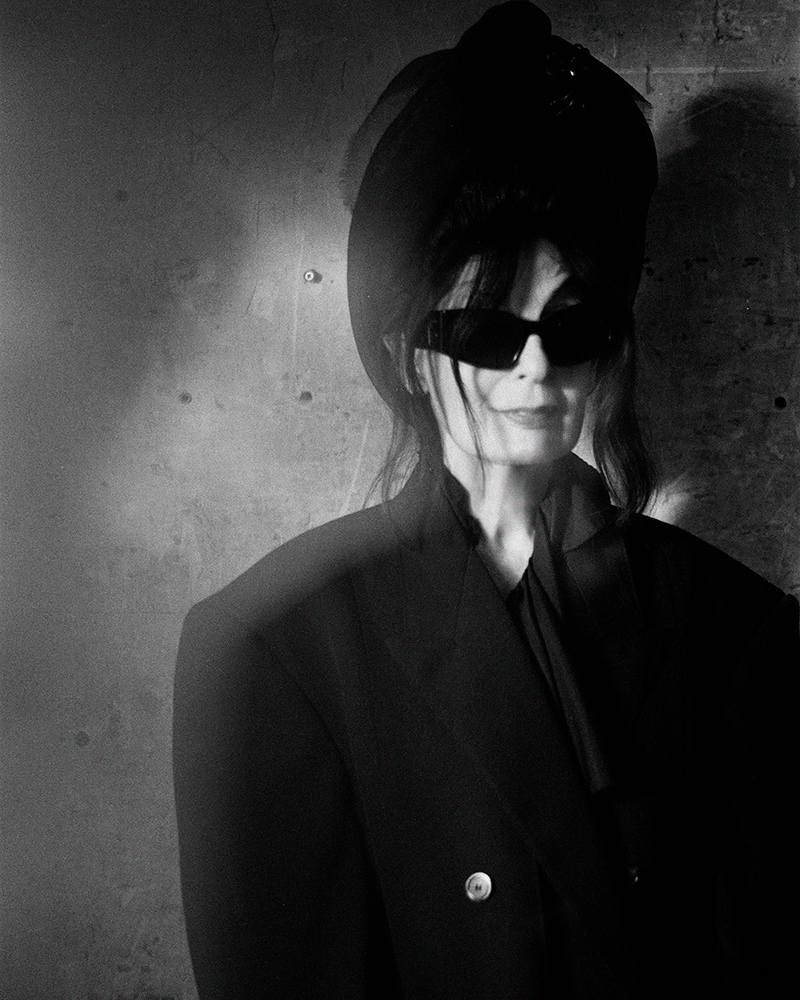
A Shaded View on Fashion Film returned for its 17th edition with founder and curator Diane Pernet at the helm, reaffirming her role as one of fashion film’s most uncompromising advocates. The festival landed once again at Dover Street Market Paris for the fifth consecutive year, transforming the space with film viewings, talks, performances, and most of all, a creative meeting point. Opening Night saw the world premiere of Heart of the Valley alongside a message from jury president Willy Chavarria and a performance by Flavio Juan Núñez, while Closing Night was the highly anticipated ASVOFF 17 Awards Ceremony, which also saw the launch of the new MAC Beauty Award with M·A·C Cosmetics, followed by an after-party curated by MATTE Projects at Pamela.
Fashion is in a moment of upheaval, shaped by political tension if we like it or not, while technology from AI is rapidly reshaping creativity, and not to mention the future of consumption. With so much happening, fashion film can at times be a great escape or the medium to redefine conversations around identity, inclusivity, and labour ethics in the industry. With this backdrop, we wanted to speak with Diane Pernet to reflect on how ASVOFF continues to evolve and why the art of fashion film remains as urgent as ever.
How has your vision for the festival changed over the years, since founding it in 2008, or has it stayed true to your original concept?
From its earliest incarnation in 2006, when it was simply called “You Wear It Well,” my vision for the festival was less about scale and more about curating an intimate experience, almost a secret gathering, where passionate voices in fashion film converged within curated confines. By 2008, the festival evolved into ASVOFF and found its full stride: three immersive days featuring panels, performances, documentaries, and student films, each crafted to provoke dialogue and ignite creativity in its audience.
About six years ago, I looked outward and invited new curators to shape the thematic landscape, believing that the festival could only stay relevant by opening itself to the evolving pulse of our times. The language shifted too: where once “fashion, beauty, and style” defined us, it felt far more cinematic to embrace “fashion, culture, film,” words that resonated with a broader tapestry of creative exploration.
Yet, through every metamorphosis, the central thread remains storytelling and relentless creativity. ASVOFF’s spirit is unchanged: a stage for visionaries, an incubator of stories, and a testament to the transformative power of film. In that sense, the festival continues to honor its original concept even as its form grows ever richer.
What makes a film stand out to you as “A Shaded View on Fashion”?
A film that commands my attention as “A Shaded View on Fashion” is one that transcends the expected. It isn’t just about surface-level aesthetics or fleeting trends, it’s about a distinct narrative heartbeat, an ability to communicate something profound or poetic, whether through a bold message, innovative artistry, or subtle emotional resonance. I am drawn to films that dare to entertain, challenge, and move me, works that linger in the mind long after the final frame, stirring reflection, curiosity, or a sense of wonder.
What makes a film stand out is its capacity to ignite dialogue and evoke feeling, to make viewers reconsider their surroundings and their selves. Whether it is avant-garde, humorous, or achingly intimate, a film is unforgettable when it offers a vision that is both singular and sincere, transforming fashion from mere adornment into meaningful cinematic storytelling.
How do you decide which filmmakers or designers to feature?
The process of selecting filmmakers and designers for ASVOFF is a journey of discovery that begins with open submissions through www.FilmFreeway.com/ASVOFF, welcoming an international mosaic of voices and visions. Each year, the portal becomes a vessel for stories from across the globe, and the selection unfolds only after encountering the full spectrum of submissions, never predetermined, always guided by the energy and originality that each entrant brings.
It is a privilege to witness such diversity, where every submission carries the potential to redefine the boundaries of fashion film. The final curation becomes an act of reverence for creativity, a difficult narrowing down that demands thoughtfulness and purpose. Recently, it feels most poetic to frame that selection around 30 distinctive films, ensuring that each piece presented is given the space to resonate and inspire within the ASVOFF narrative.
Tell us what you are most excited about with this year’s edition.
What excites me most about this year’s ASVOFF edition is the palpable synergy between tradition and transformation, beautifully embodied by our President, Willy Chavarria, whose directorial debut won Grand Prize in the last edition. His creative force feels deeply aligned with the DNA of ASVOFF, infusing our festival with vision and relevance.
This edition is distinguished by the strength and diversity of our Jury, whose spirited deliberation, three hours of nuanced discussion, yielded a final selection that captured the breadth of contemporary fashion film and left us all with a sense of collective satisfaction. The program itself is a tapestry of urgent, poetic subjects: Mental Health in Fashion, Black Spectrum, Chinese Films, Queer Archive, AI-Generated Cinema, Climate Warriors for Kids and Teens, and the powerful voice of Fashion Activism, all brought to life by dedicated curators who lend sharp focus and fresh perspectives to each theme.
Of course, the heart of ASVOFF continues to beat through our showcase of Student Films, Features, and Documentaries, celebrating both emerging voices and established talents in a festival that is as much a celebration of storytelling as it is of style.
An aspect that truly elevates this year’s ASVOFF edition is the ongoing collaboration with Goldfinch Entertainment and Dreamtown, now in its second year. Their partnership adds a layer of support and recognition that resonates deeply with our community. Together, they present the Innovator Award, a prize drawn from the entire spectrum of submissions, spotlighting work that disrupts, inspires, and redefines the landscape of fashion film.
Equally significant is the Screenwriters Award, offering essential validation and encouragement for those whose visionary scripts fuel the next wave of creative storytelling. These awards reflect the festival’s commitment not only to directors but also to the voices behind the scenes, those crafting narratives at the intersection of imagination and reality. It is through these collaborations that ASVOFF continues to nurture and champion innovation, ensuring our platform remains dynamic and inclusive.
How do you see the fashion film genre evolving in the age of TikTok and short-form digital content?
The fashion film genre finds itself in a fascinating state of flux as platforms like TikTok and the rise of short-form digital content reshape the way stories are delivered and received. A few editions ago, I even launched a TikTok competition, envisioning a partnership that would usher fashion film onto a new stage, but TikTok’s focus remained outside our sphere, a reminder of how elusive genuine creative sponsorship can be in a rapidly shifting media landscape.
Since then, I’ve shifted the spotlight to AI-generated films, now in their third year at ASVOFF, embracing the power of technology and adaptation. While society’s attention span seems ever more fleeting, it’s curious how both feature films and short-form submissions are growing in length, defying the expectation of brevity. Ultimately, the essential principle remains: a film, whether ten seconds or ten minutes, should never overstay its welcome. If it is captivating and authentic, the audience will remain, regardless of format or platform. The evolution of the genre lies not in chasing trends, but in honoring the art of storytelling and the integrity of vision.
Do you think the line between campaign, art, and film has blurred, and is that a good thing?
The boundaries between campaign, art, and film have undeniably blurred, ushering in a new era where creative disciplines intersect with exhilarating freedom. This fusion, where a fashion campaign can possess the emotional resonance of art, and a film can wield the visual power of a brand message, represents, for me, a vibrant evolution in creative storytelling. It is a good thing when artistic integrity and commercial ambition coexist, provided each project is driven by genuine vision and purposeful intent. The audience gains access to works that transcend their original contexts, offering stories and images that linger long after the moment of consumption. The challenge lies in maintaining authenticity, ensuring that the blurring of lines amplifies meaning rather than diluting it, a dynamic tension that keeps the genre alive, surprising, and above all, relevant.
What do you think is missing from today’s fashion film landscape?
What I find missing from today’s fashion film landscape is a sense of playful wit,a bold embrace of humour that welcomes surprise and irreverence into a genre too often steeped in solemnity and visual gravitas. While fashion film excels in atmosphere, emotion, and conceptual depth, truly memorable works can also disarm and delight by allowing for moments of levity and clever storytelling.
Humour has the power to break boundaries, invite new perspectives, and ignite fresh conversations. It lends humanity and relatability to even the most avant-garde visions, and I believe the landscape would be richer if more filmmakers dared to explore its possibilities. A dash of laughter, a flicker of irony, can transform fashion from spectacle into shared experience.
What continues to excite you about film after so many years of watching and curating thousands of submissions?
After countless years and thousands of submissions, what continues to excite me about film is the enduring promise of surprise, the sense that each new work holds the potential to spark curiosity, reframe perspective, and resonate in ways I could never anticipate. The thrill lies not only in discovering fresh voices and daring visions but also in witnessing how each film weaves itself into the consciousness of its audience, sometimes shifting the conversation entirely.
It is this endless cycle of discovery and connection, the anticipation of what might move or challenge me next, that keeps the process vibrant and alive. The relationship between filmmaker, curator, and public remains a dynamic dialogue, one defined by shared curiosity, adventurous spirit, and an unwavering hunger to see the world anew through cinema’s lens.
What advice would you give to a young filmmaker or designer who wants to enter the festival for the first time?
There is no magic formula for creating a film that resonates; each voice is singular, each story is unique. The most important advice is to wait until you have something genuine to say; let your work be born from conviction and curiosity, not from obligation or trend.
Whether your vision is radical or poetic, daring or understated, authenticity always finds its audience. A film that speaks from experience or passion, rather than artifice, is far more likely to leave a lasting mark. Trust your instincts, embrace experimentation, and remember: the best submissions are those that introduce us to a perspective we have never seen before.
